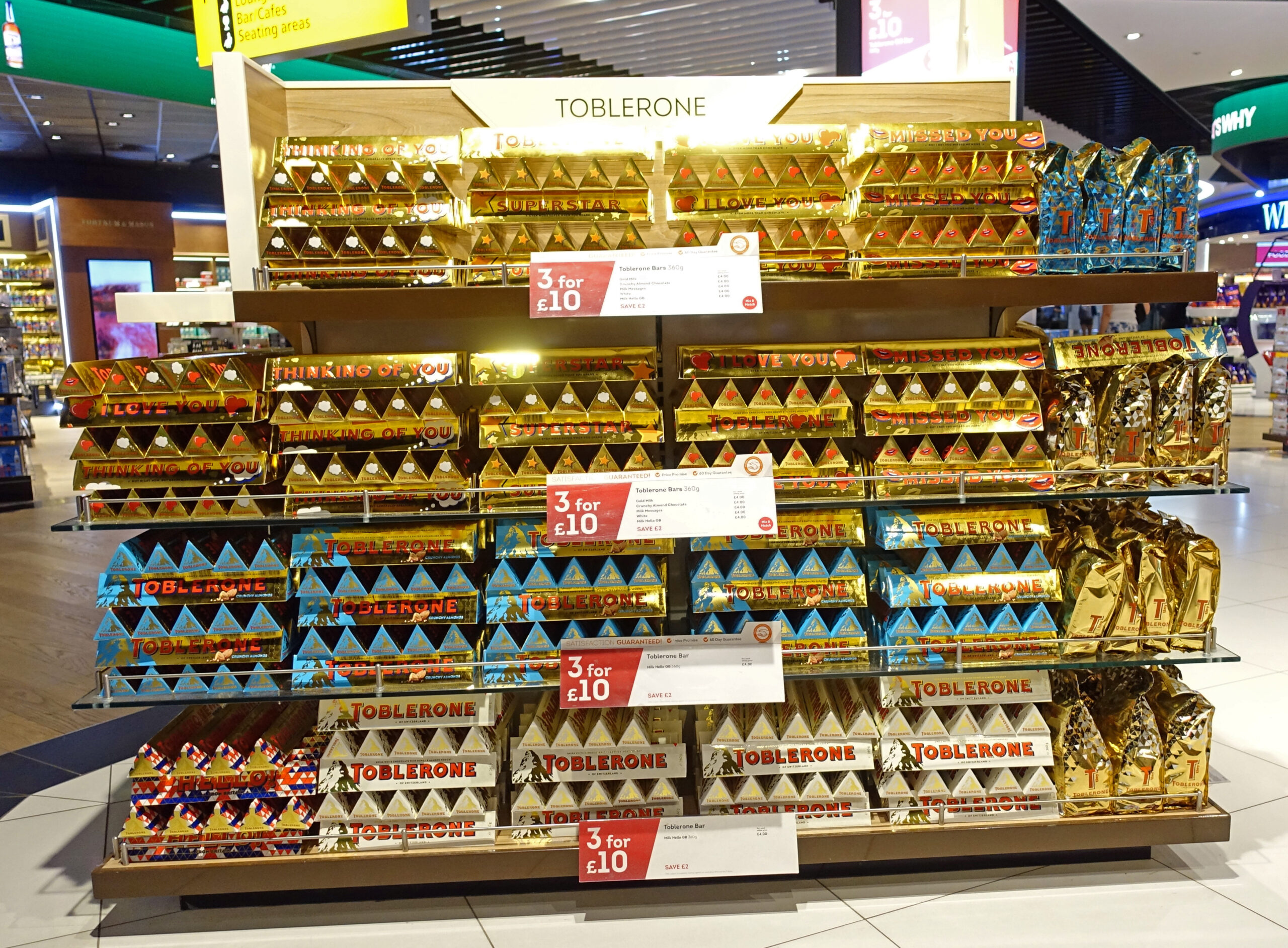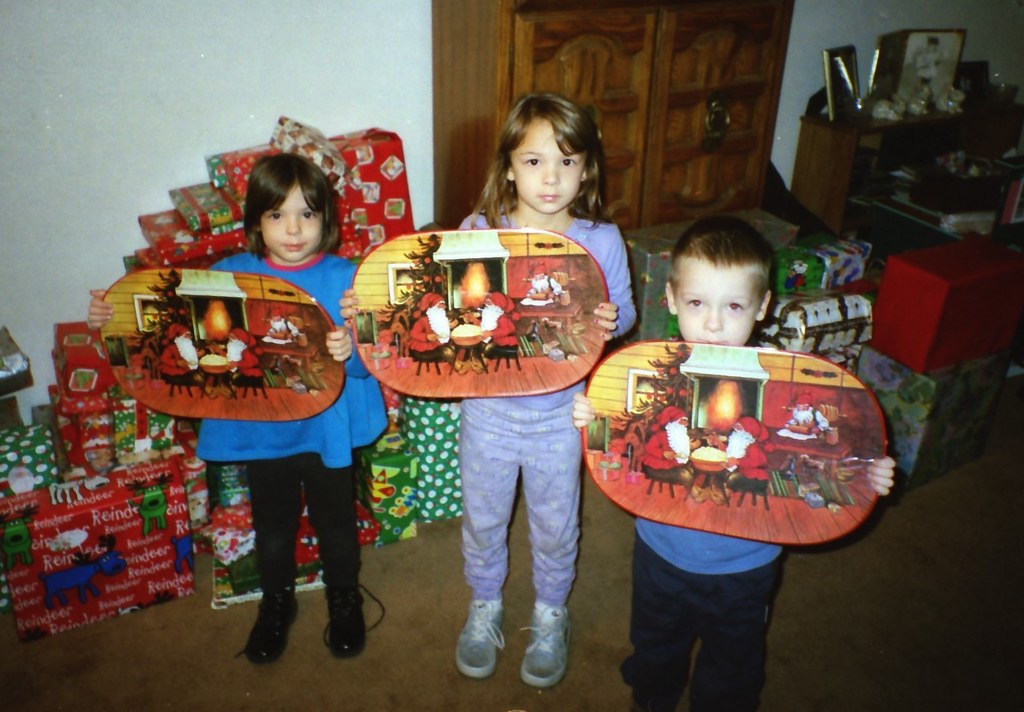You ever open a bag of chips and think, Wait… did my hands get bigger or did this bag get smaller? Yeah, it’s not just you. Your favorite snacks, household staples, and even that sacred pint of ice cream have been quietly downsized over the years—while somehow managing to creep up in price. Welcome to the sneaky little economic trick called shrinkflation, where companies reduce the amount of product you get without changing the packaging or (gasp) lowering the price.
It’s the ultimate illusion: same box, same vibe, just… fewer crackers inside. And unless you’re obsessively reading unit-price labels at the grocery store (hello, budget spreadsheet warriors), you probably didn’t even notice. The worst part? These brands are out here pretending nothing happened, hoping you won’t catch on while they line their pockets with your extra pennies. So we did the digging and rounded up 14 products that totally pulled the ol’ switcheroo—shrinking in size while doubling down on cost.
Let’s unpack the trickery, one overpriced bite at a time.
1. Toblerone
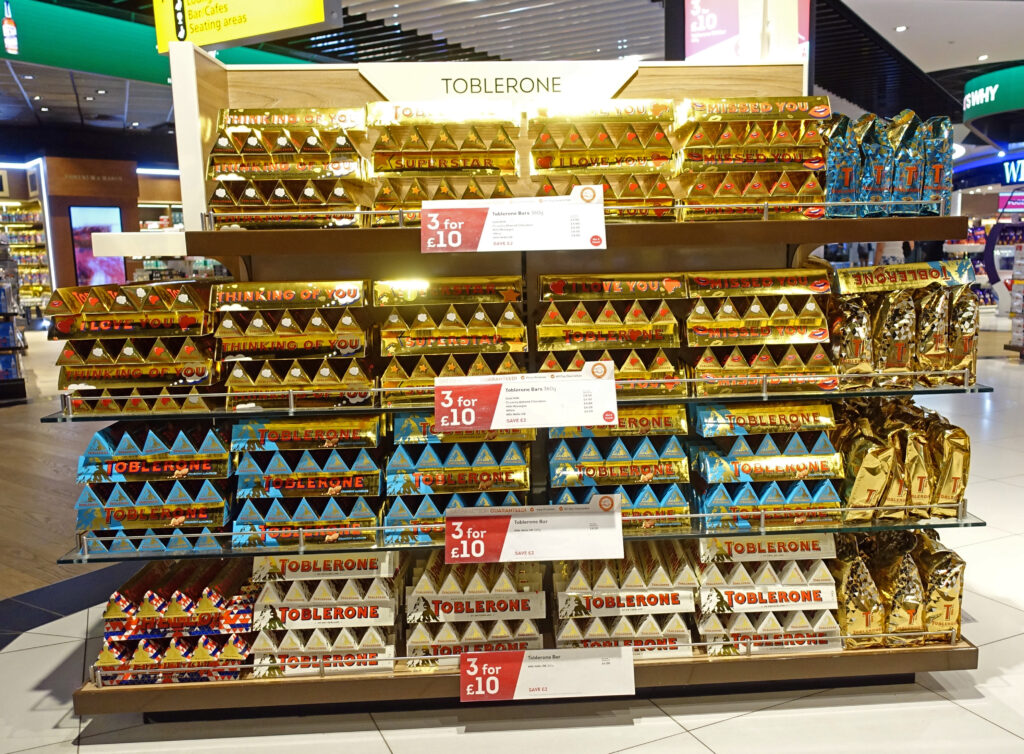
Remember those iconic triangular peaks? In 2016 the UK’s 170 g bar was slimmed down to just 150 g by widening the gaps between peaks, and the 400 g bar was cut back to 360 g—all while the retail price stayed exactly the same. Talk about paying for air! Fans were outraged when the company revealed it was a conscious move to manage soaring cocoa and production costs, yet still keep those gold-and-red wrappers looking unchanged. You’d think removing 10 percent of the chocolate would mean shaving 10 percent off the price, but no such luck: you now get fewer grams for your pound sterling. This move was first chronicled by Time when they reported on the backlash and the math behind the gaps. It’s a textbook case of “invisible shrink”—you barely notice until you unwrap. Retailers kept the same shelf footprint and packaging dimensions, so most shoppers didn’t clock it until the next bite.
Six years later, some peaks have returned, but the price-per-gram index is still elevated compared with pre-2016 levels—meaning that, in chocolate terms, you really are paying more for less. When the change rolled out, fans took to social media to vent, with #BringBackThePeaks trending across Twitter for days. By summer 2018, Mondelez quietly introduced a new 200 g bar that restored the original peak pattern, though it carried a slightly higher recommended price. Despite the shape reversal, the cost-per-gram remains about 15 percent higher than before 2016, meaning true value for money never returned.
2. Cadbury Dairy Milk Family-Size Bar
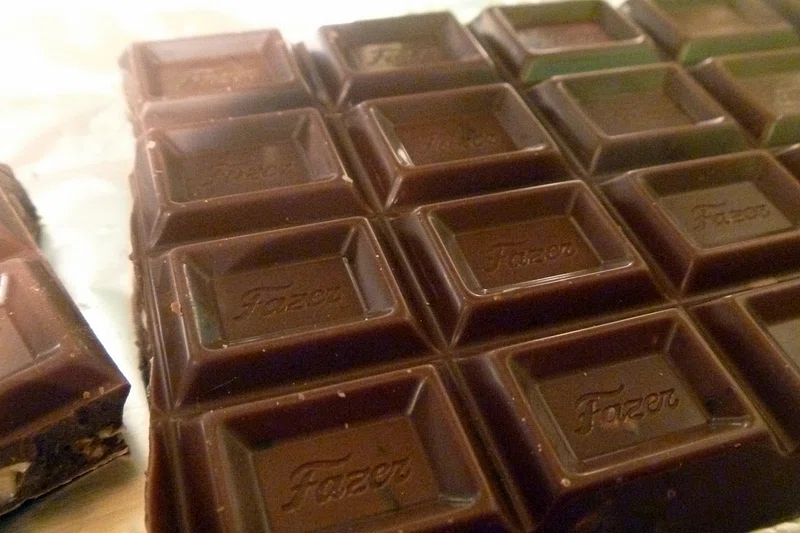
If you grabbed a 140 g “sharing” Dairy Milk bar in 2011, you’d have seen a full six rows of chocolate heaven. Fast forward to 2012 and that same chunk only weighs 120 g, yet the price remained a steadfast 59 pence. In fact, even their 49 g snack bar shrank to 45 g with no price cut. The change was confirmed by The Guardian when Phil Noble caught Mondelez International quietly trimming weight because of spiking dairy and cocoa prices . The company insisted they were just adapting to inflationary pressures, but shoppers saw it as a bait-and-switch, especially when unit-price stickers suddenly told a different story.
It’s a classic example of “same wrapper, smaller treat”—a move that hides the fact you’re effectively paying more per gram of chocolate. Consumer-watch group Which? later noted that by 2022, Cadbury’s 180 g block had slipped again to 170 g without a price adjustment, further stoking shopper ire. Social-media posts rallied around comparisons of “then vs. now” row counts, driving Cadbury into damage-control mode. Mondelez responded by offering multi-buy deals on larger formats, but critics argue that masks, rather than solves, the underlying cost hike.
3. McVitie’s Jaffa Cakes
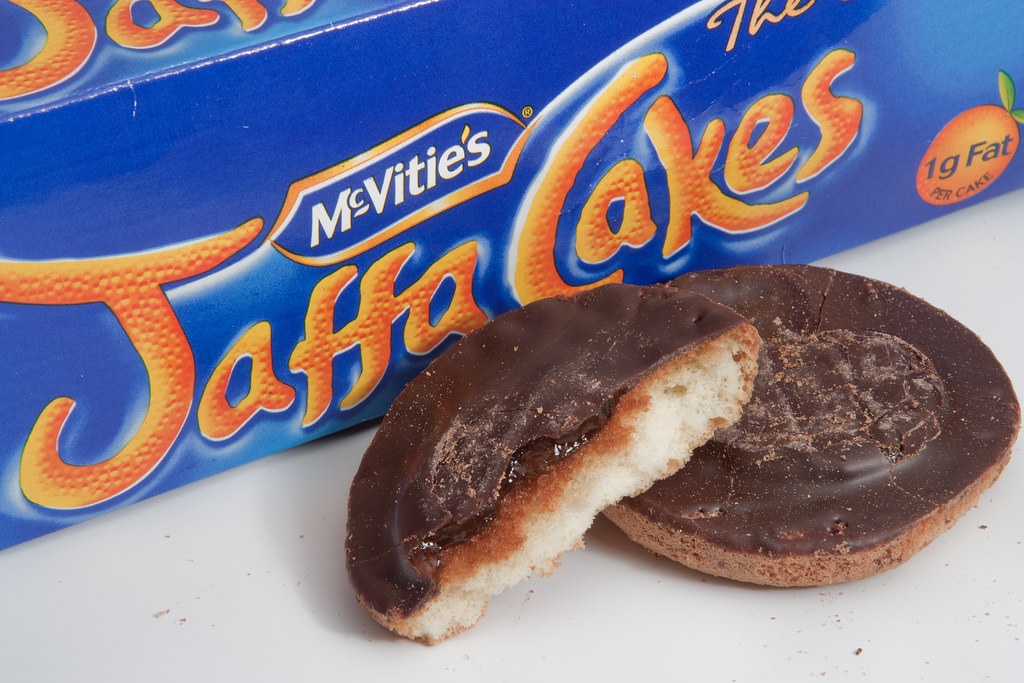
The beloved orange-jam-and-chocolate sandwich went from 12 cakes per pack to only 10, all while keeping its pocket-friendly price point. That means the cost per cake jumped from about 9.58 pence to 9.90 pence overnight. You might brush it off as a rounding error, but over a year’s worth of teatime snacks that adds up—and unit-price labels make that crystal clear. These numbers were highlighted by The Guardian, which catalogued the count cut alongside dozens of other UK staples in its 2017 shrinkflation roundup.
With fewer cakes melting in your hand (and more pence per bite), it’s a tale of quantity sacrificed to protect profit margins. The company briefly reduced its recommended retail price from £1.15 to 99 pence to soften the blow, only for unit prices to still climb when the pack weight dipped from 150 g to 122 g. By 2023, even the twin-pack had slimmed from 24 to 20 cakes, cementing Jaffa Cakes’ place on Brits’ “shrinkflation watch” lists. Fans launched petitions demanding McVitie’s revert to 12-cakes-for-a-quid, though to date the standard pack remains at ten.
4. Reese’s Party-Size Minis
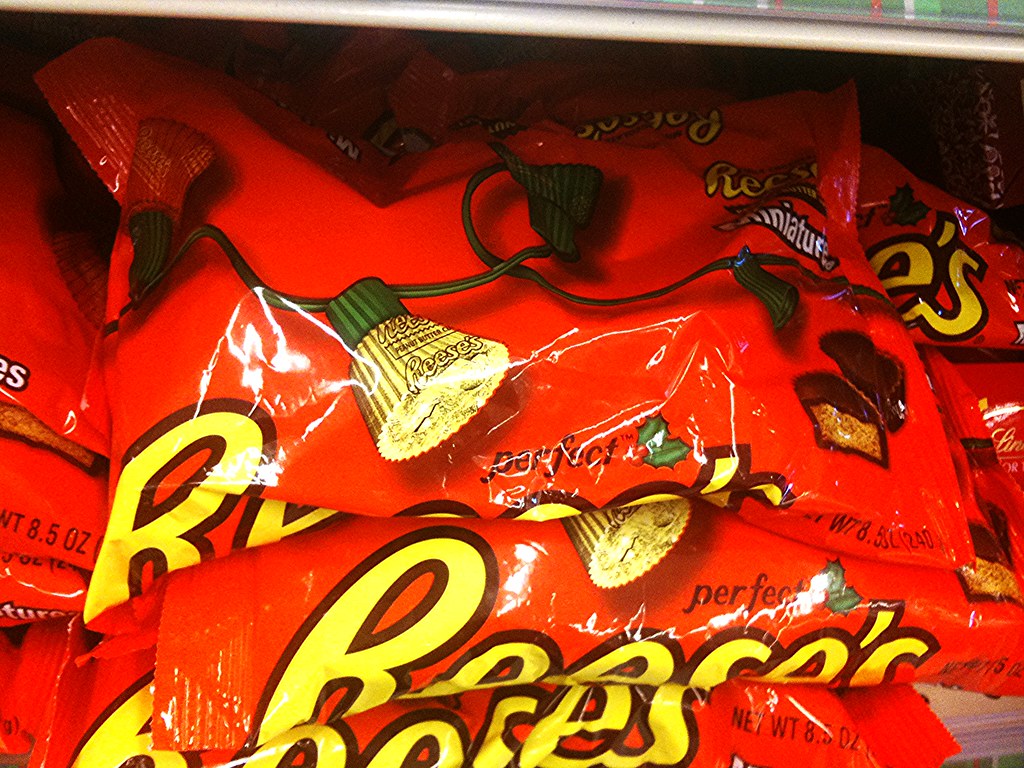
Back in 2019, you could snag a 40 oz bag of Reese’s miniatures for about $0.22 per ounce. By 2024, that same bag shrank to 35.6 oz and soared to roughly $0.37 per ounce—an almost 70 percent jump in unit cost. According to Yahoo Finance, their analysis of candy-size trends crowned Reese’s Party-Size Minis one of the most dramatic shrinkflation casualties, with that bag now costing nearly double per ounce compared to five years earlier.
Sure, each chocolate-and-peanut cup still tastes the same, but your wallet definitely notices when you’re down four ounces and up half a dollar per ounce. Consumer sentiment hit a sour note: over 80 percent of surveyed snackers said they felt “duped” by constant size cuts in their go-to treats. Industry analysts say smaller bags are partly an experiment in perceived affordability, but shoppers increasingly hunt for unit-price bargains in the checkout aisle.
5. Häagen-Dazs Ice Cream Tubs
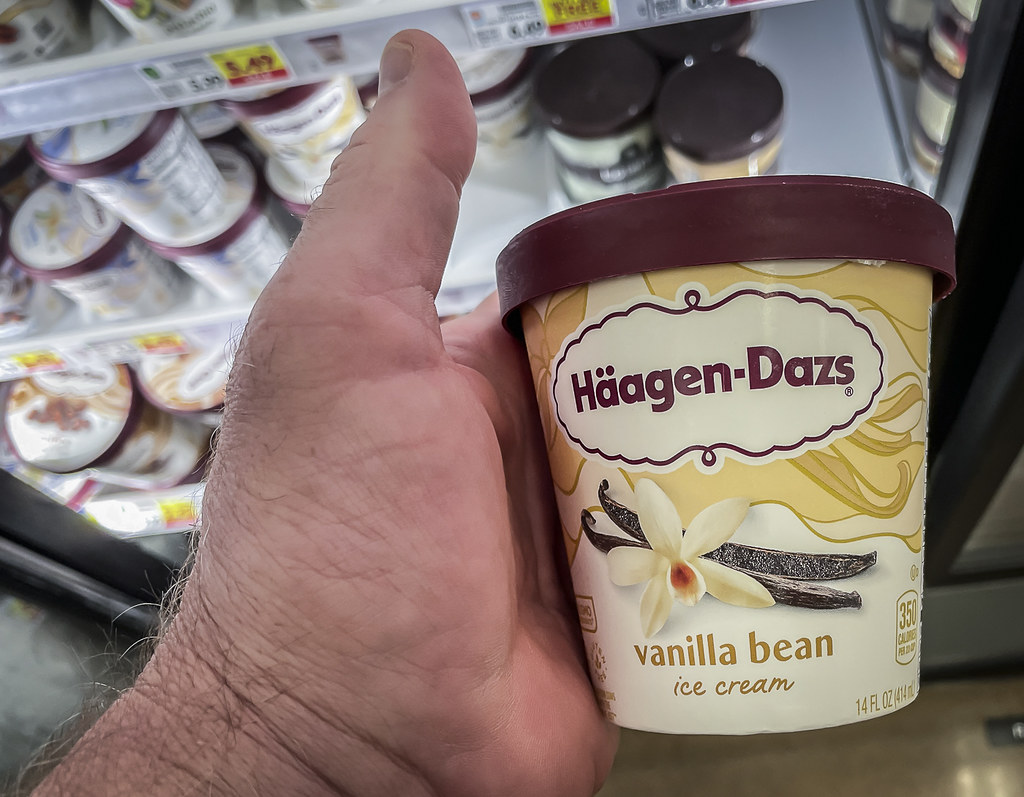
Your favorite spoon-licking ritual took a hit when Häagen-Dazs reduced its flagship pint from 16 fl oz to just 14 fl oz, yet the retail price barely budged. That 12.5 percent size cut means the cost per ounce has spiked almost the same—an economic bite you can’t lick away. Bloomberg’s QuickTake explained that manufacturers often gamble consumers won’t notice containers staying the same dimensions.
The result? You’re doling out as much cash for less creamy goodness, all under the guise of “same old packaging.” Rival Ben & Jerry’s publicly called out Häagen-Dazs for the move back in 2009, framing it as a bait-and-switch in ice-cream diplomacy. Today, scoop-shop aficionados compare gram-for-gram costs across brands, making a pint hunt feel more like a supermarket safari.
6. Doritos
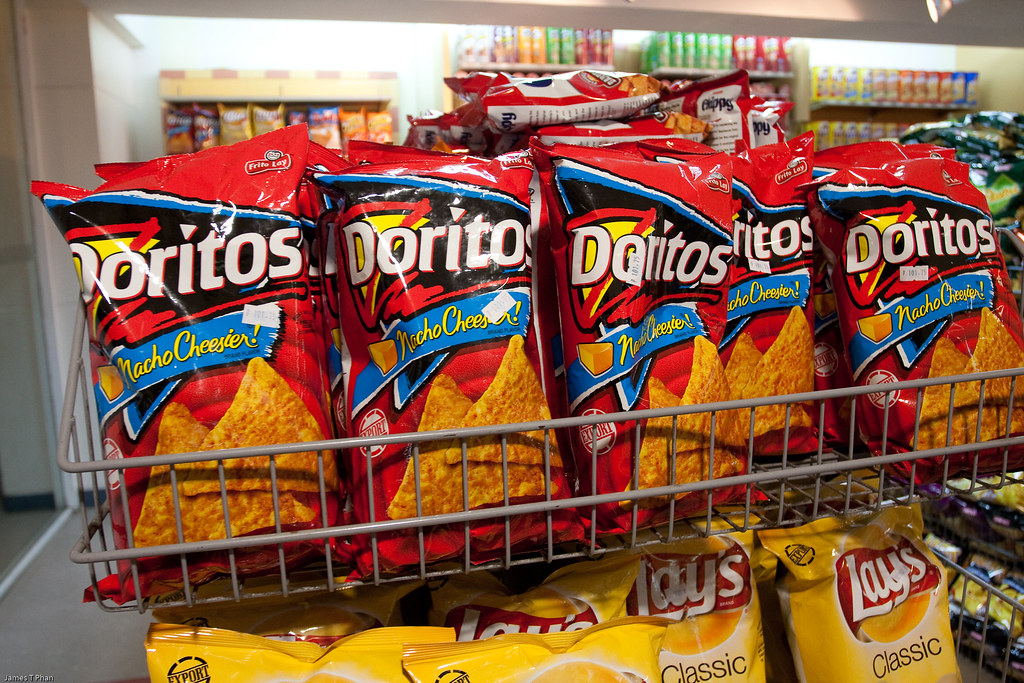
Once you start eyeballing unit-price stickers, you realize you’re essentially paying more per chip than before. Now every time you tear open that bright orange bag, you might notice the chip canyon at the top looking a little emptier. It’s like they left just enough in the bag so you don’t immediately freak out, but enough got trimmed to save them a few pennies per unit.
And while you happily crunch through flavor-packed triangles during movie night, your wallet silently weeps at the realization that what felt like a mountain of chips is really more of a molehill. The worst part? Those bags still claim “family size” as if nothing changed—talk about false advertising for snack time.
7. Bounty Paper Towels
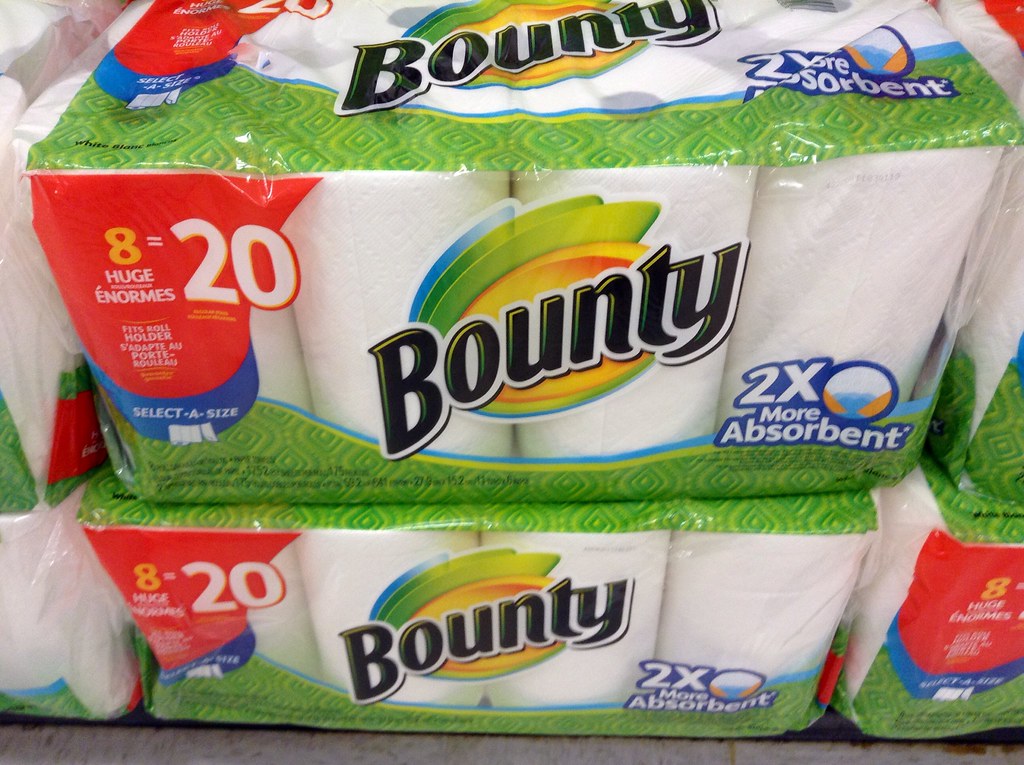
It’s not just chips and chocolate—cleaning essentials are fair game too. Suddenly, what used to soak up spills for days now barely survives a single coffee catastrophe. You might catch yourself tearing off a sheet and thinking, “Why does this feel so thin?” That’s because each roll has lost a handful of sheets, making you tear through the pack faster than ever.
And if you’re anything like me, you’ll end up grabbing another roll mid-cleanup—only to realize your beloved “quicker picker-upper” now picks up fewer spills per swipe. I guess our countertops aren’t the only thing getting wiped clean of value.
8. Cheerios
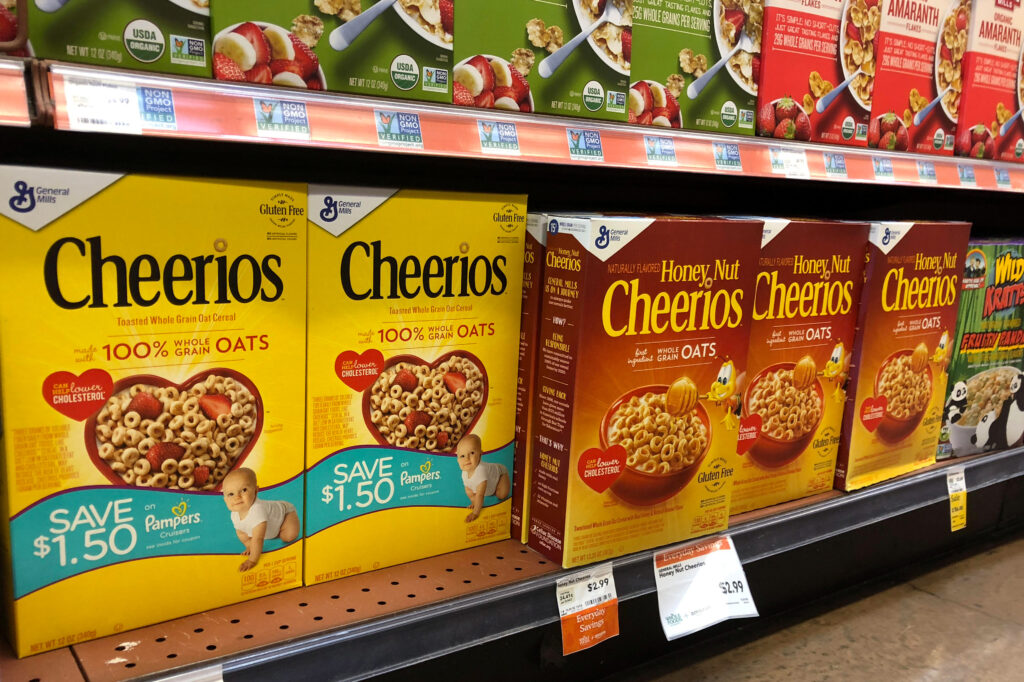
You might pour the same volume into your bowl, but you’re actually getting less bang for your cereal buck. First morning bowls still taste like childhood comfort, but later you realize you’re staring at a half-empty box sooner than you remember. The pretty yellow packaging hasn’t changed, so it’s easy to buy and assume you’re getting your usual haul—until dinnertime when you peep the scale.
It’s a tiny tweak, sure, but those missing ounces add up, especially if you’re feeding a family or sneaking late-night snacks. Pretty soon, you’re rationing spoonfuls like they’re gold flakes instead of oat circles. Cheerios, can we catch a break?
9. Pringles Snack Stacks
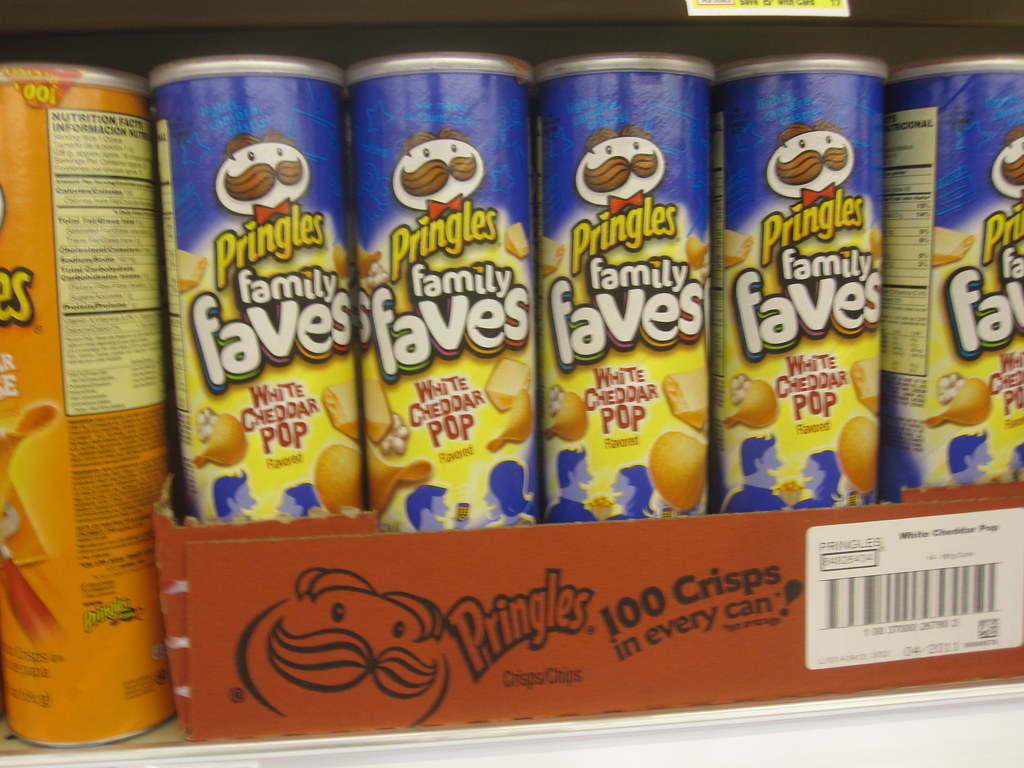
Although it looks identical on the shelf, the content inside quietly tapers. You pull off the lid expecting the familiar pop of crisp chips, only to count your way through fewer rounds than you recall.
Those neat, stackable crisps now feel like a half-remembered dream of snack perfection. And while the tube still sits pretty on your desk, ideal for one-handed munching during Zoom calls, it empties out faster—leaving you with that sad echo of an empty can. Pringles, once the ultimate snack hack, now seems like a short-lived indulgence.
10. Ritz Crackers
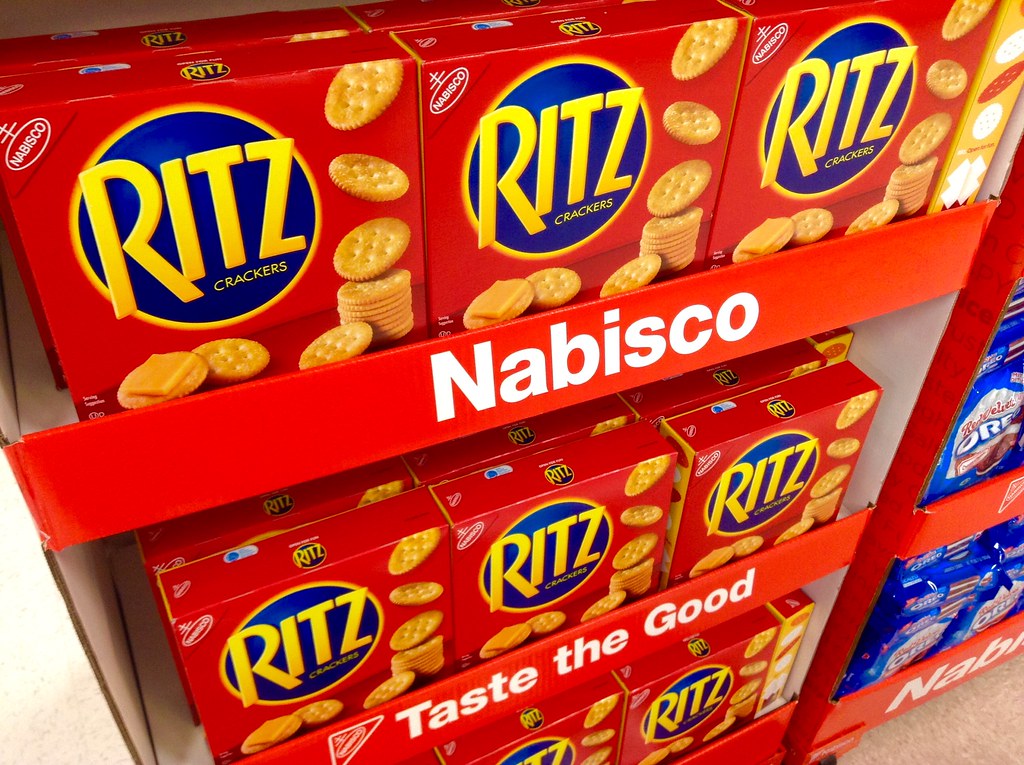
Small shifts in count add up if you’re entertaining guests. You load up a cheese board only to have your snack station looking strangely sparse a little too soon. That perfectly arranged circle of crackers is missing a few pieces, so you end up scrabbling for extras or splitting your slices down the middle.
It’s like pulling a tablecloth out from under your snack spread—surprising and slightly humiliating. And let’s be honest, half a Ritz is just not the same kind of buttery bite. Suddenly your Instagram-worthy cheese platter feels off, and you’re left apologizing for the empty spots. Even your go-to nacho plate suffers, because fewer crackers means less chip-to-cheese ratio. Before you know it, you’re making an emergency run to restock mid-party.
11. ChapStick Tubes
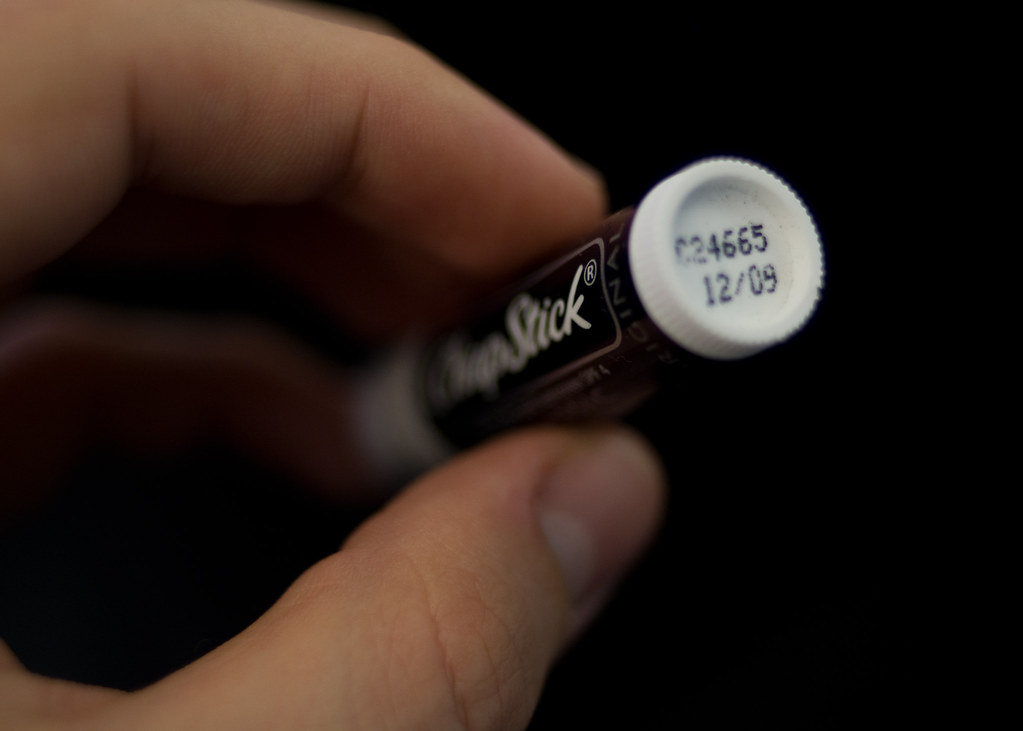
It’s the same case of sneaky downsizing right in your pocket. You twist up your balm for that midday moisture hit—only to find the tube empties faster than you think.
Now you’re running to the store more often, or buying in bulk just to avoid that panicked “no lip protection” moment. And the tube still looks full until you’re halfway through, so you can’t even plan your next purchase in advance. That tiny missing fraction of balm turns into a major annoyance when you’re smack in the middle of chapped-lip season. You start timing your usage like it’s a subscription, mentally calculating how many days you’ve got left. Worst of all, that moment when you twist up nothing but air is a cruel little reminder of the hidden cut.
12. Dorot Garlic Cubes
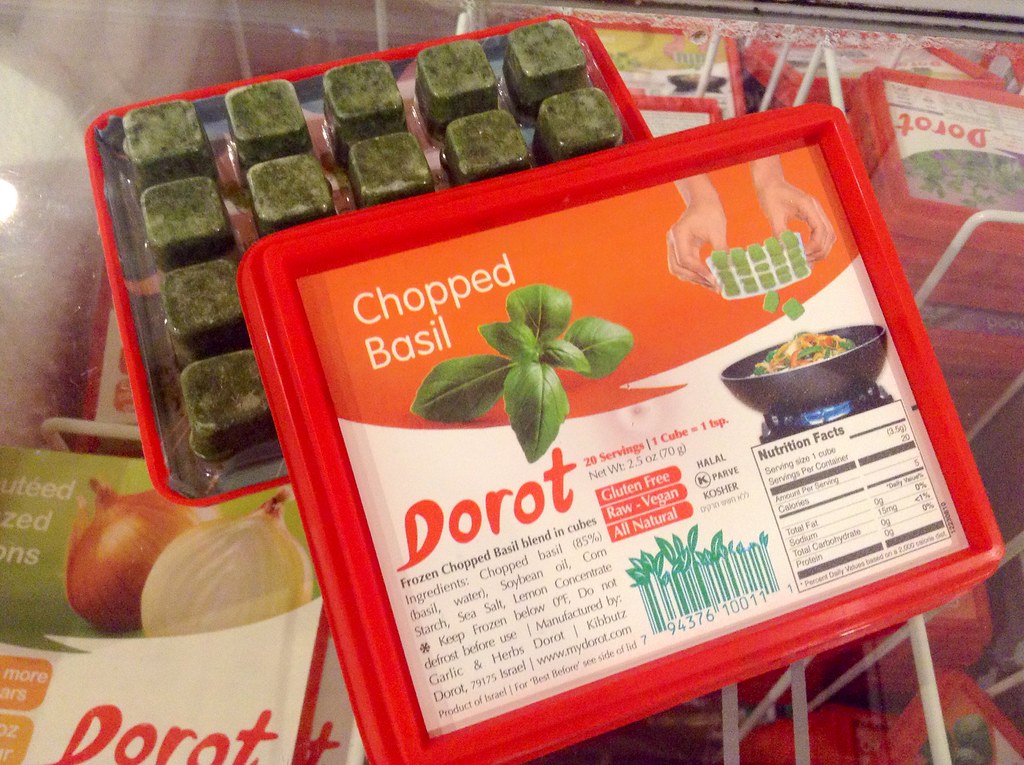
Each cube used to be a time-saving wonder in your freezer drawer, but now you get fewer doses for your dinner. It’s like the freezer fairy snuck in and swiped eight cubes overnight, leaving you short when you’re whipping up garlic-heavy recipes.
You might think you miscounted, but no—it’s the same packaging, same price, just less garlic magic. And when you’re in the flow of cooking, chopping fresh cloves feels way more annoying than popping in a cube. Suddenly, dinner prep is a little more fiddly and a lot less convenient. Your kitchen rhythm gets thrown off when you have to break out the knife and cutting board instead of tossing in a pre-measured cube. That pinch of garlic flavor now comes at the cost of extra prep time—hardly the shortcut you signed up for.
13. Tropicana Orange Juice
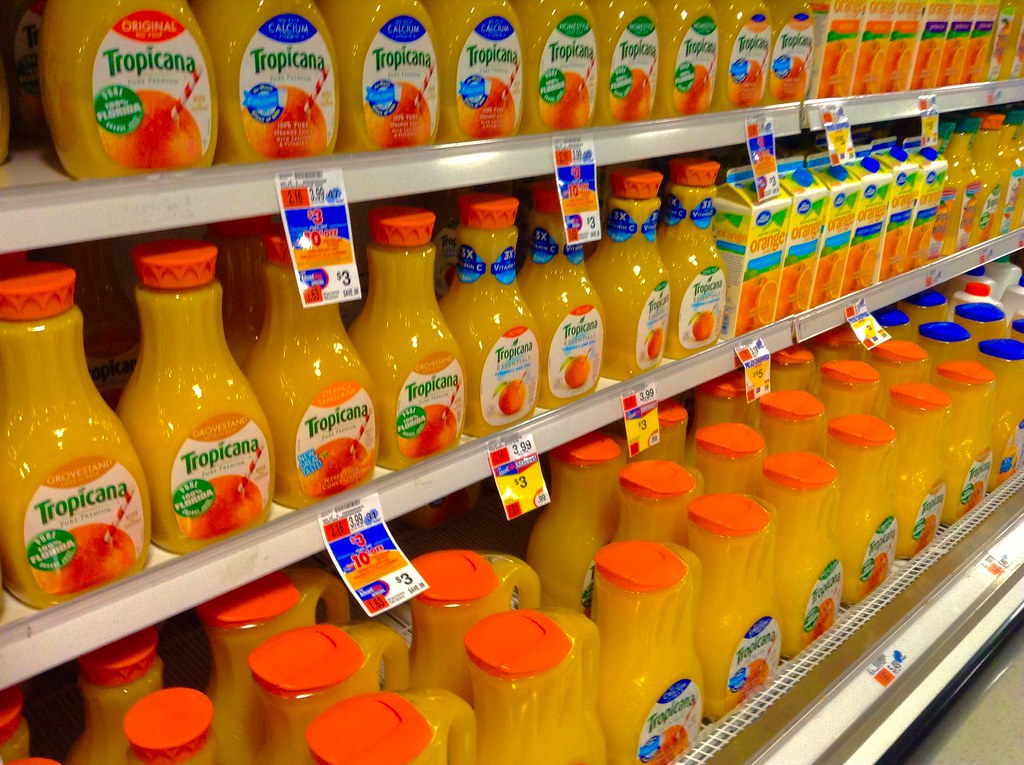
You’d think juice would be sacred, but nope. That missing 5 oz means you’re effectively losing a whole glass over the life of the container. That morning pour you look forward to feels like a half-hearted drizzle compared to the generous gush you used to get. It’s subtle until you’re mid-breakfast and your glass is mysteriously emptier than usual. Then you find yourself elbowing for the last sip or rushing to refill before it’s gone. Since the jug shape hasn’t changed, you don’t catch the swap until it’s too late—and by then, you’re just wishing for a brighter start to your day.
Now breakfast feels like a game of “how little juice can I get?” and not the refreshing ritual it used to be. You might even eye the carton suspiciously, as if it’s hiding liquid behind an extra-deep base. And strangely, those missing ounces matter most when you’re craving that last splash of vitamin C.
14. Hershey’s Kisses
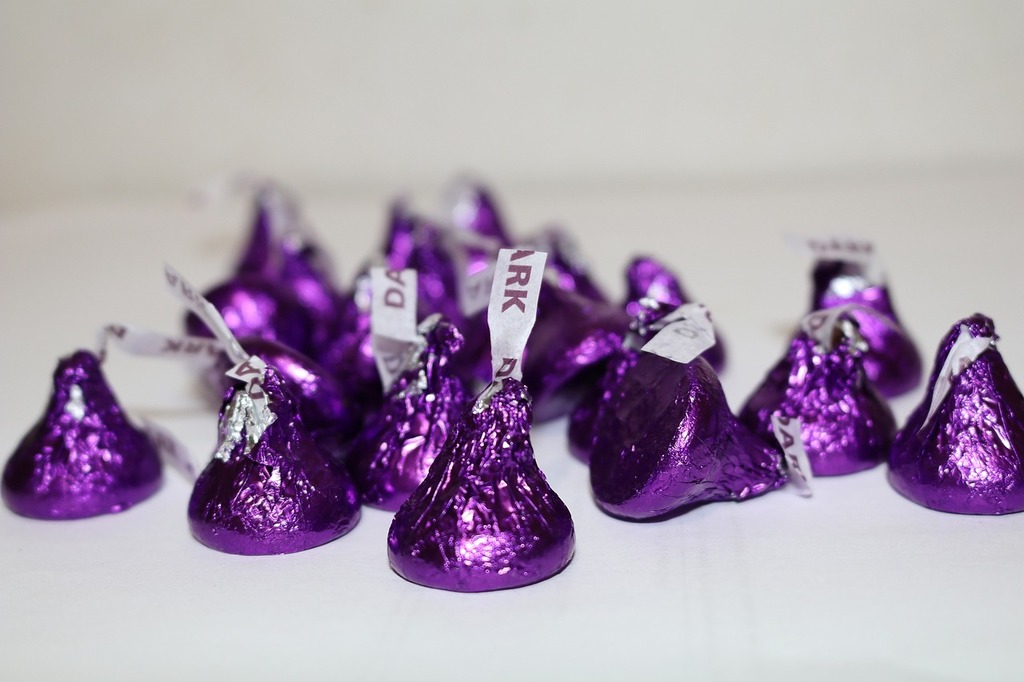
The marketplace may move on faster than you notice, so keep an eye on those unit prices! What used to be a generous handful of silver-wrapped bliss now feels like a meager handful of cash bites. When you dump them into your palm, that satisfying clink sounds a little less full.
And during holidays, filling treat bags or mixing cookies leaves you short on kisses at the last second—forcing an awkward run to restock. Those tiny indulgences add up into a not-so-sweet surprise when you unpack the expense. Your hot cocoa topping game takes a hit when you run out mid-sprinkle session. Suddenly, your romantic movie night loses a little sparkle without enough kisses to share. And no matter how classic the foil wrapping, it never fills the gap left by those missing candies.
This article is for informational purposes only and should not be construed as financial advice. Consult a financial professional before making investment or other financial decisions. The author and publisher make no warranties of any kind.





